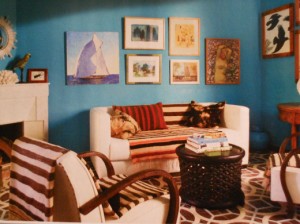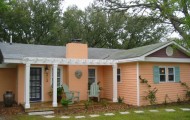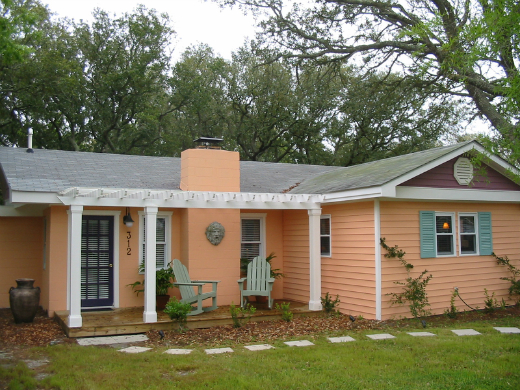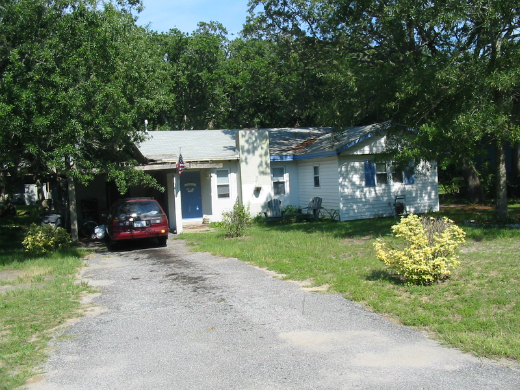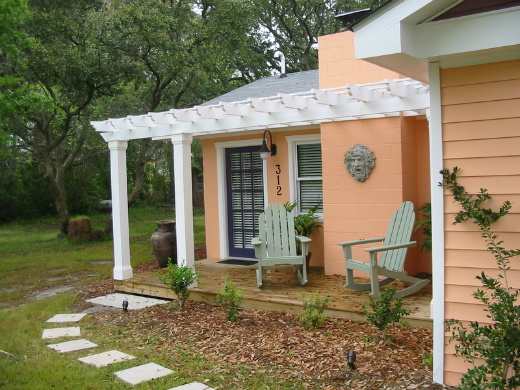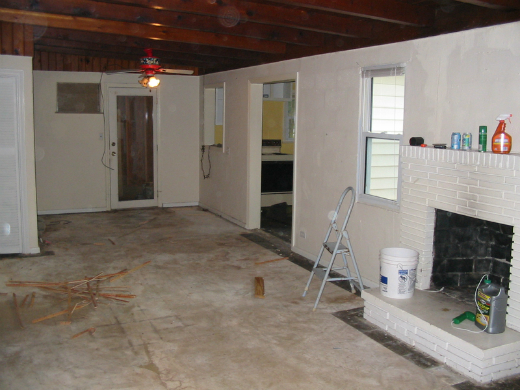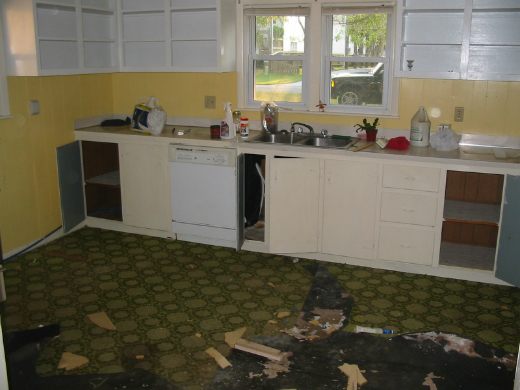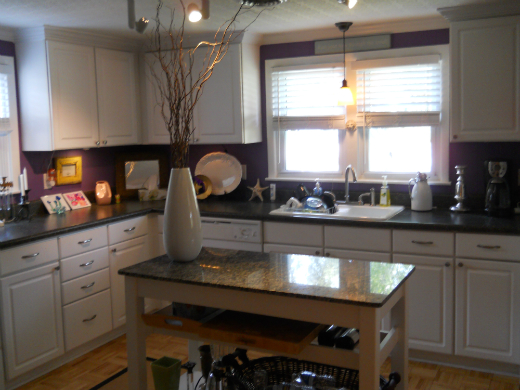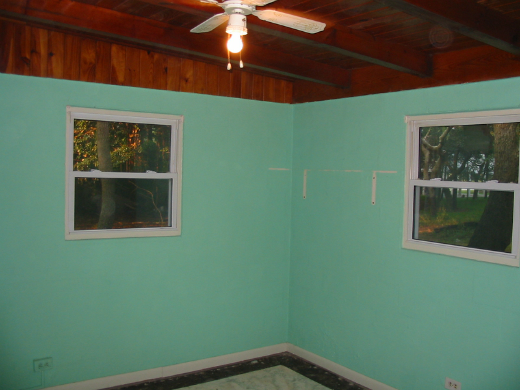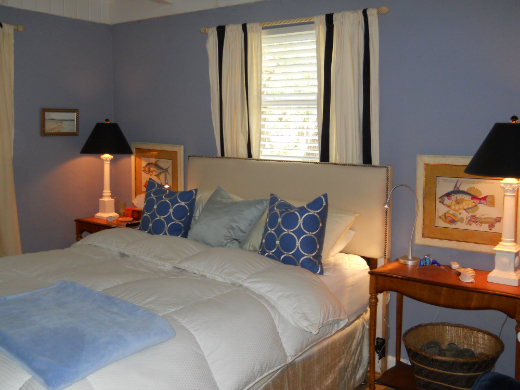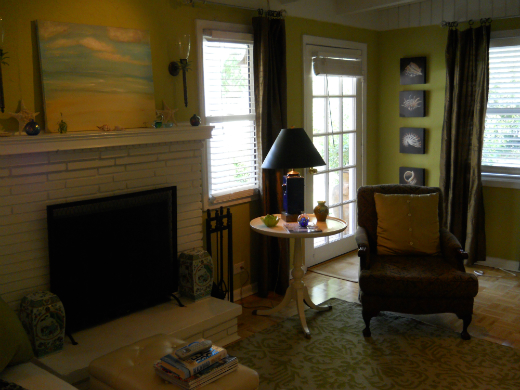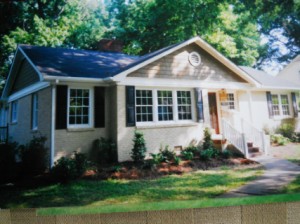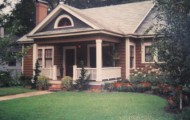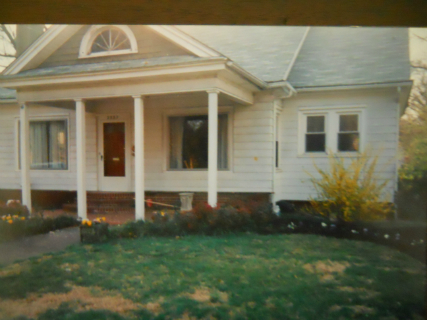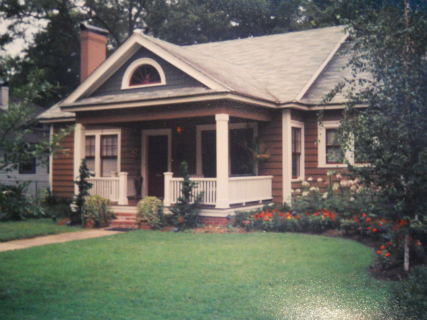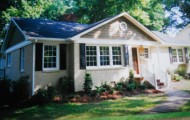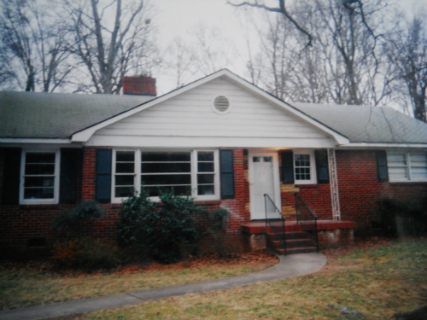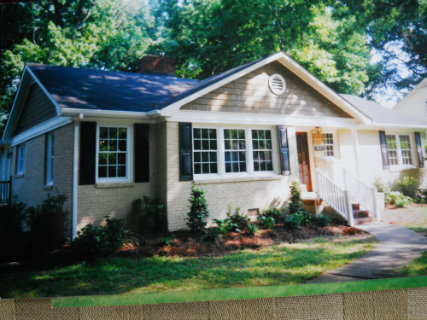
 This recent economic upheaval has taken many of us, and put us in a position to do some soul searching in regards to what we should do next. This could be a real blessing in disguise. How many people have buried what they do best under an unfulfilling career, and ignored latent talents? I have had to do different jobs for practical reasons, but I have nurtured what I love the most. I must say my #1 talent is creating wonderful renovated living spaces. I am one that must be doing something all the time. I operate this way almost to the point of it being a fault! My work is only as good as the effort I put into it! Even when I am sitting down at the end of a hard work day, my mind is strategically planning my next working day. Why do I give so much time to my work? Because I love it! It makes me feel good to utilize my talent and I can see my accomplishments. My passion doesn’t always pay me money, but it always offers me satisfaction! Fostering your talents, and seeing yourself mature past another time in your life, is incredibly rewarding.
This recent economic upheaval has taken many of us, and put us in a position to do some soul searching in regards to what we should do next. This could be a real blessing in disguise. How many people have buried what they do best under an unfulfilling career, and ignored latent talents? I have had to do different jobs for practical reasons, but I have nurtured what I love the most. I must say my #1 talent is creating wonderful renovated living spaces. I am one that must be doing something all the time. I operate this way almost to the point of it being a fault! My work is only as good as the effort I put into it! Even when I am sitting down at the end of a hard work day, my mind is strategically planning my next working day. Why do I give so much time to my work? Because I love it! It makes me feel good to utilize my talent and I can see my accomplishments. My passion doesn’t always pay me money, but it always offers me satisfaction! Fostering your talents, and seeing yourself mature past another time in your life, is incredibly rewarding.
I challenge each of you to focus on your talents. Yes we all have something that we do better than the average person. We are all gifted in some way! Putting energy into your talents will not only make you feel good about yourself but motivate you to do something that pertains to that talent. So no matter how big or small your talents are, use them! We are only as good as we allow ourselves to be! Spend time using your talents and I promise you will feel awesome about yourself and what you can accomplish! Yes we are all average people, but each of us have something we do that makes us above average and shine.

